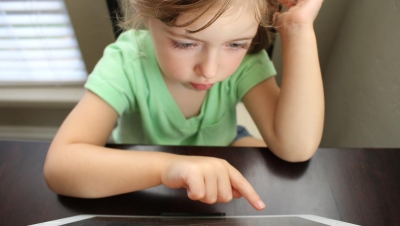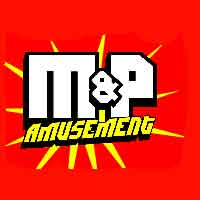My children are young--three and six, to be exact.
They shouldn't know the entire cast of "Ed, Edd, & Eddy" by name, but they do.
They shouldn't know that Thursday night is Must See NBC night, but they do.
They shouldn't think about pinning for pro-wrestling action figures, but Lord help me, they do.
The kicker is, my kids don't fit the statistical norms referred to in this issue's cover to about seven to ten hours of television per week, not five per day. And still, I'm worried about what effects the boob tube may be having on their mental and social development.
If a little bit of it is bad, then a lot of it must be worse, right?
I certainly wouldn't argue with the statistics mentioned in the aforementioned article. Still, I wonder if the problem with kids and television (or Nintendo or X-Boxes, as the case may be) might not have as much to do with the quantity as it does the quality.
Controversial rock star Marilyn Manson made an interesting comment a few years ago, stating that if parents didn't do their job in raising their kids, Mr. Manson himself would end up doing it for them. If you've seen this guy in action, you'll get my drift. Manson is an extreme case and would be unlikely to find an audience in the 6-12 crowd. But the way I see it, the issue here is children's entertainment in more seemingly benign forms.
Unless I'm missing something, Scooby, the Power Puffs, Johnny Bravo, and the bulk of Cartoon Network programming have little redeeming value to child development. Fortunately, there's some pretty entertaining stuff out there that does. Disney's "Out of the Box" comes readily to mind. So does Jim Henson's "Bear in the Big Blue House" and "Blue's Clues"--a semi-animated favorite of my three-year-old daughter. One of my cable channels even has a Saturday morning yoga-for-kids show. The thing that binds these programs together is participation. Vegetating on the floor in front of the television just doesn't cut it, at least not for my kids. There are crafts to make, songs to sing, clues to solve.
Video games are a different matter. A friend of mine commented that he'd rather see his 10-year-old out on the playground, “but compared to the crap on TV, the zombie box is a lesser of two evils.” After all, he argues, at least with video games there’s participation.
But participation in what? And to what end?
Again, it’s a question of redeeming value. If my daughter plays two hours a day on an online golf game to help expedite her knowledge of the sport and its rules, I’m all for it. If my daughter plays two hours a day at rescuing some Middle Earth munchkins by slaying the evil Digital Diablo and his demon skeleton army, we’ve got a problem.
If the face of children’s entertainment is truly changing, it is my hope that it will continue to become more interactive, and that instead of pulling kids off playgrounds and onto their sofas, it will generate new exciting activities—on playgrounds or otherwise.
In September 2001 we ran an excellent story on the value of play from The Children’s Institute for Learning & Development (CHILD). Its authors note that in large measure, “play develops the brain through movement. Dichotomizing between movement and the developing mind breaks the continuity that exists between them. Movements are coordinated with the human brain, making thought and action two parts of the same occurrence.”
As playgrounds evolve, these two factors—thought and action—should be at the forefront of the design process (right alongside safety, of course). The lion’s share of TV and video gaming presently considers neither.
If the face of children’s entertainment is changing, so be it. Just as long as it’s changing for the better, with the value of play at its heart.
“The brain develops in response to the changing, challenging and stimulating environment of play,” the CHILD authors conclude. “Active movement and play is what distinguishes the living from the non-living and those with stimulated brains in all domains from those with diminished capabilities.”









Add new comment